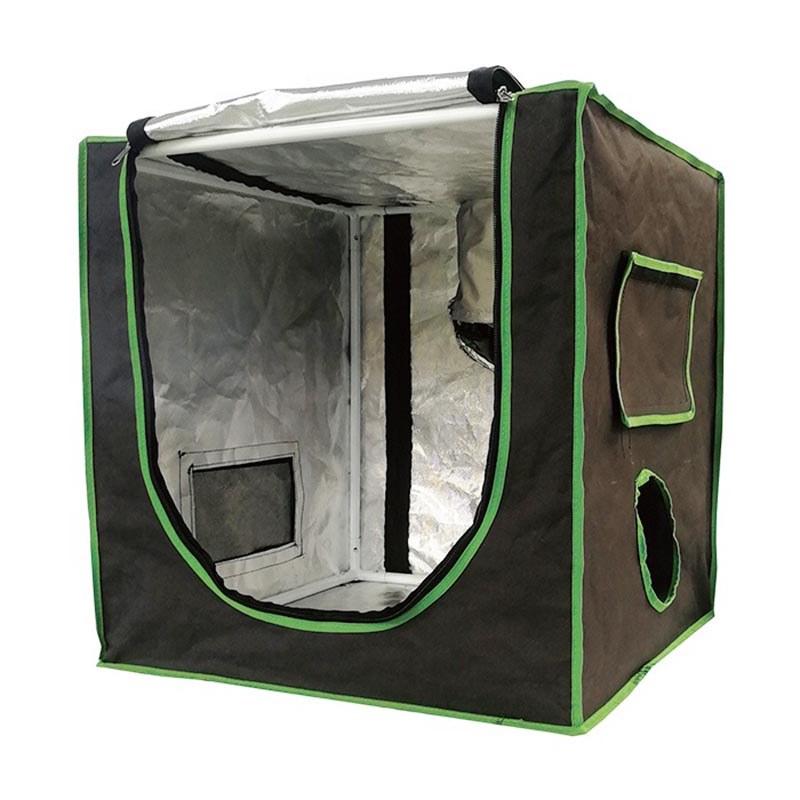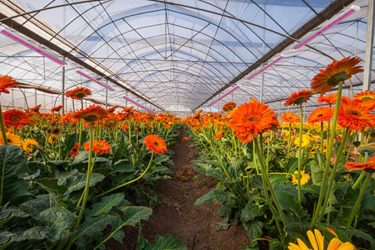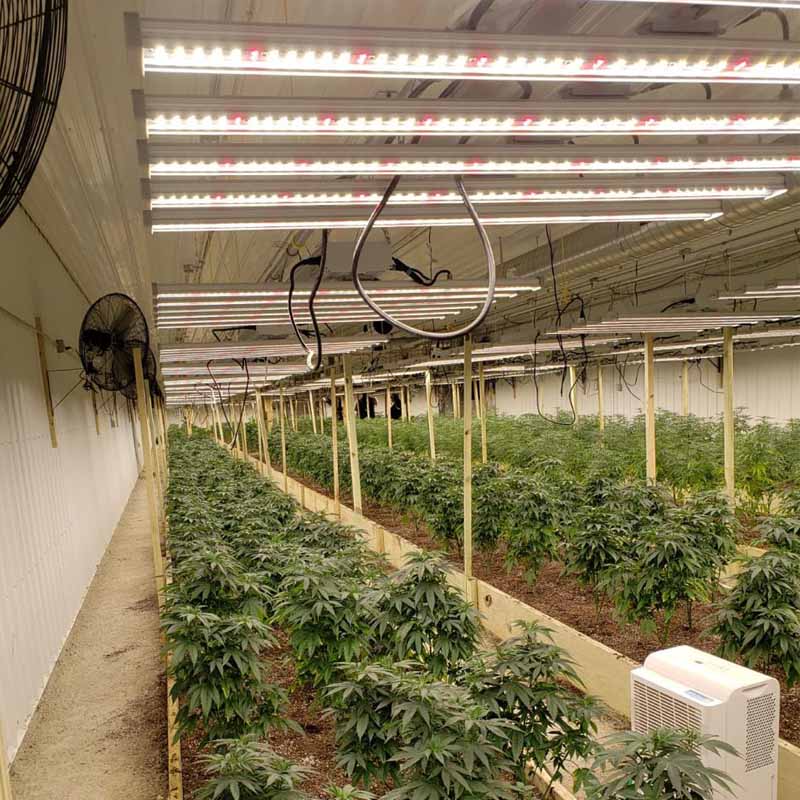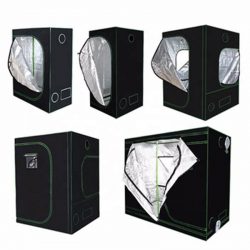If you are a new home grower, you might consider grow tents and open-plan rooms. Should you build an open-plan room, or order a planting tent, or both? If you are a beginner, the answer to the “growth tent and open room” showdown should be “it depends.”
An open room is good, but don’t let anyone convince you that they absolutely need it.
For home growers, open-plan rooms are not necessary and are usually not practical. Open-plan rooms do require more work to build than planting tents.
Designing the planting room and building them are two separate projects. Each part will takes time. For many people, designing and building a growth room is an interesting and exciting thing. Therefore, if you are not excited or even motivated to accept it, then maybe choosing a growth tent is your best choice.
As for planting in a tent, don’t let anyone mislead you. You don’t need a planting room to grow high-quality cannabis. Planting tents is enough to grow high-quality cannabis. With a growth tent, it is much simpler to set up, and you can place one in almost any room.
In addition, you can set up a growth tent in one hour. It’s all relatively easy, but if you have heavy lighting, or you are not very flexible, you may need some help to set it up.
In an open room, chandelier is a more challenging task. . You can even bring a growth tent to one of these spaces.
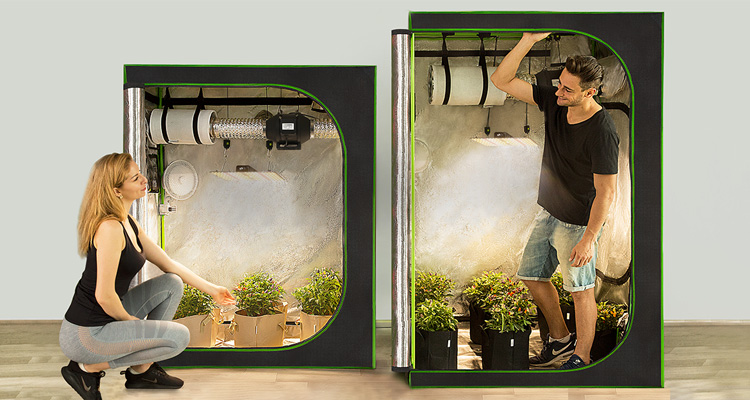
Is it worth the money to grow a tent?
Nowadays, the overheating problem are happened in many parts of the world, the ability to protect plants from the scorching sun and record high temperatures. It mean the difference between planting a successful home garden, and wasting time and money without any performance.
Although your planting tent may represent a substantial initial investment, it can save you money in the long run.
This is because the cost of using planting tents to provide plants with water, nutrients and light is lower.
Due to the use of reflective polyester film internal coating, your return on investment in lighting will increase exponentially.
Plants receive the light of life and health from all angles at just the right time every day.
Because you have complete control of the growth environment, you will not encounter water wastage caused by excessive sunlight and wind.
You will not lose the replenishment of runoff caused by rain and floods.
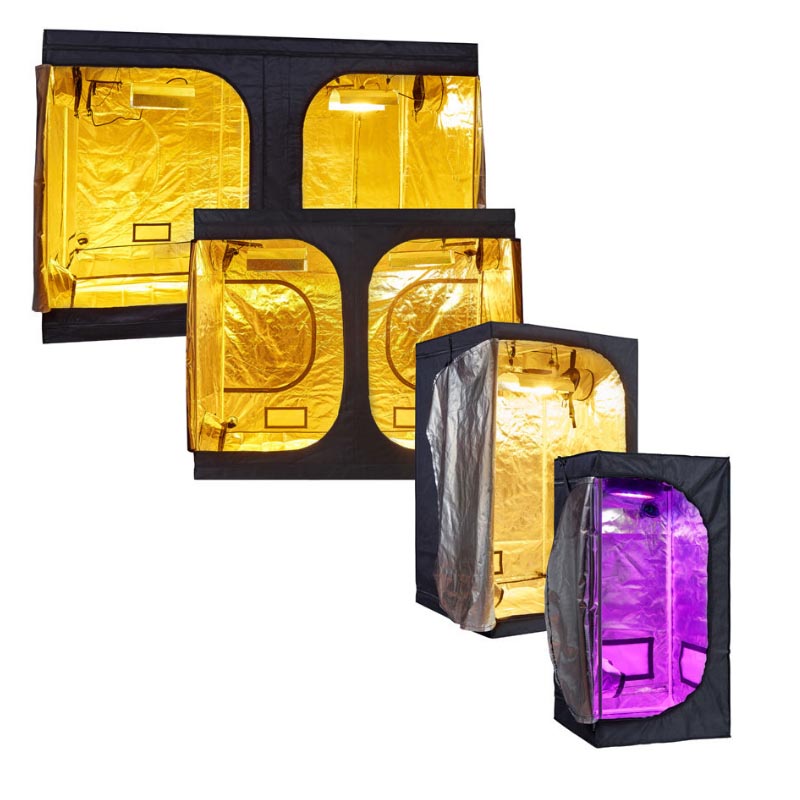
What’s can you grow?
The best planting tent can become the perfect environment for any crop. Your only restriction is that if you plan to grow multiple plants, you should create a series of plants with similar needs in terms of light, temperature, and humidity. Many growers produce only one crop in their planting room-medical marijuana.
What are the benefits of using a grow tent?
1. Promote photosynthesis: The “wall” inside the reflective polyester film of the growing tent can ensure that your plants get sufficient high-quality light from all angles without light leakage. This eliminates the problem of yellowing of the lower leaves and/or weakening and failure of stems and branches that do not face the light source. Every surface of every plant will receive sufficient light. The tent is “protected from light” or “opaque”, so you can control the intensity and exposure of light received by the plants.
2. Controllable environment: bring a growing tent; you can fully control the temperature and humidity levels, so you can focus on establishing perfect growing conditions for any plants you want.
3. Save money: Compared with controlling climate and ventilation in the entire room, the cost of controlling climate and ventilation in small planting tents is much lower.
4. Odor control: When applying liquid plant fertilizers or chemicals on plants, you don’t need to worry about odors affecting your indoor air quality. They will continue to be confined to growth tents.
5. Control noise: The best quality tents will actually muffle the noise.
If you agree with the theory that music, white noise or other sounds are beneficial to the successful growth of plants, then if you buy a high-quality growth tent with sound buffering function, you can provide this atmosphere for your plants and prevent these sounds from entering your life environment.
On the contrary, if you have a noisy home, your plants will not be disturbed by your chaotic environment.
Things to consider when choosing a planting tent
Indoor plant fences are so popular these days that options on the market are booming. This can make shopping very confusing. Before embarking on a shopping journey, you should determine the following things.
1. What size tents are needed for larger and larger fences?
Think about your space, the type and number of plants you want to grow, and the amount of space you need to manipulate in it. If you only want a few small plants, you can do it with a “short” setting, so you can reach in and take care of them without actually getting in.
If you are growing a small vegetable garden, you naturally need to be able to work in your plants. You need a fence that you can enter and move comfortably, or at least you can enter freely from all sides.
Both open-plan rooms and planting tents can have different sizes. The size of the growing tent ranges from 2 x 4, 3 x 3, 4 x 4, 5 x 5 to 8 x 8, 10 x 10, 8 x 16 and 10 x 20. On the other hand, the growth chamber has a variety of unique different sizes and shapes. For example, you can transform a spare bathroom into a growth room that uses part (not necessarily all) of the bathroom space. Or, you can turn any spare bedroom into an open-plan room, using the entire space or part of it.
2. How tall can your plants grow?
It is very important to choose a growing tent high enough to accommodate the maximum height that the plants will reach, plus a foot or so. You want the plants to have enough headroom, and you want the lighting system to reflect all surfaces well. For maximum variety and flexibility, look for devices with adjustable poles or extended tent kits or planting boxes so that you can set the height perfectly for any plants you decide to plant.
3. Where do you plan to set up your “growth room”?
If you plan to keep the planting area indoors or in a sheltered area (such as a garage), then you don’t need to be so strict about the material and durability of the perfect planting tent.
If your tent needs to withstand bad weather, you should naturally look for a tent made of the strongest material. Check the structure to make sure the stitches are tight to prevent air currents, pests, and bad weather.
Be sure to carefully measure your intended location and choose a tent that fits perfectly. You can get small desktop tents for cloning and seeding, they may be perfect for placing in the corner of the room. If you plan to dedicate closet space to your project, you may find a closet-sized growing tent that fits perfectly.
A large enough tent needs enough floor space and overhead space. Make sure that the unit door you choose fits the space you have. You must be able to set up your tent in an easily accessible way.
Most growers recommend placing planting tents in areas with waterproof floors.
4. How to ventilate the tent?
In order to maintain good ventilation and control temperature and humidity, you need to be able to circulate air well. This will require some type of electrical port or connection. If you are setting up a tent indoors, make sure you have windows or other openings for exhaust fan vents.
Make sure that the positions of the fresh air inlet and the hot air outlet correspond to the openings in the building.
5. What accessories and functions do you need?
If you plan to add additional lights or hang some plants, you need to make sure that the top of your tent is equipped with strong support poles. These are also very convenient for hanging ventilation fans and fixing air ducts.

